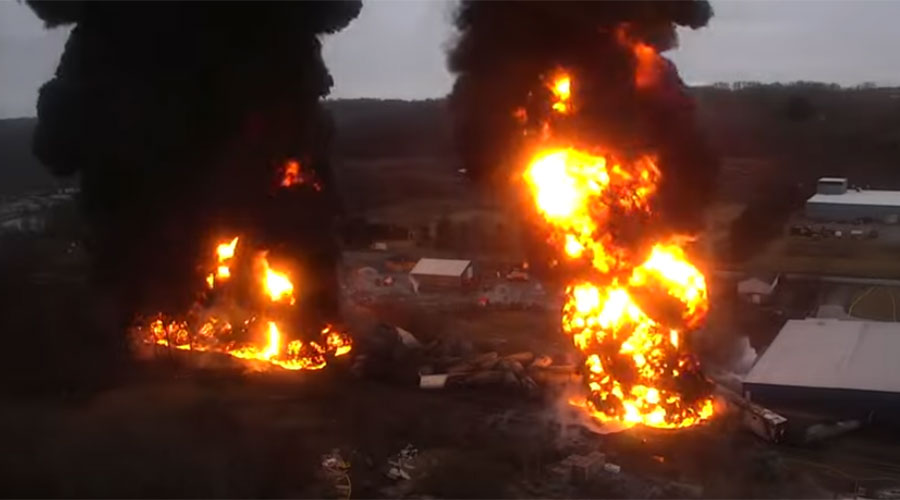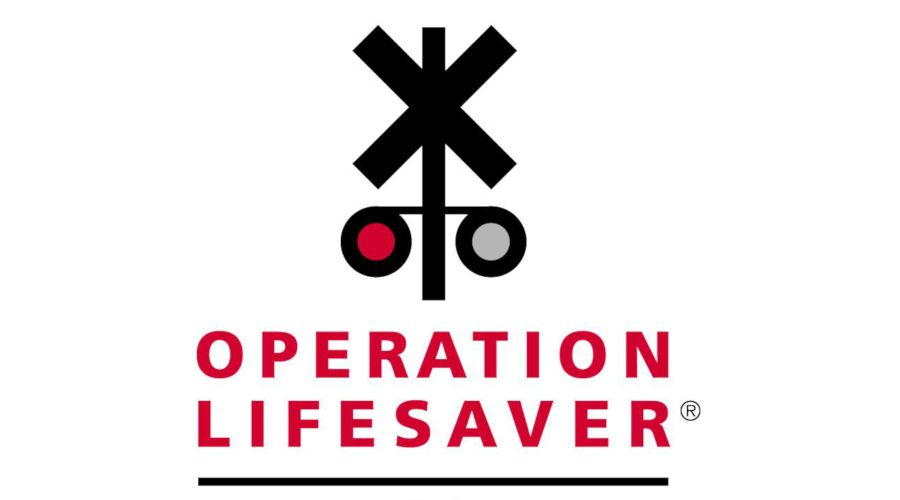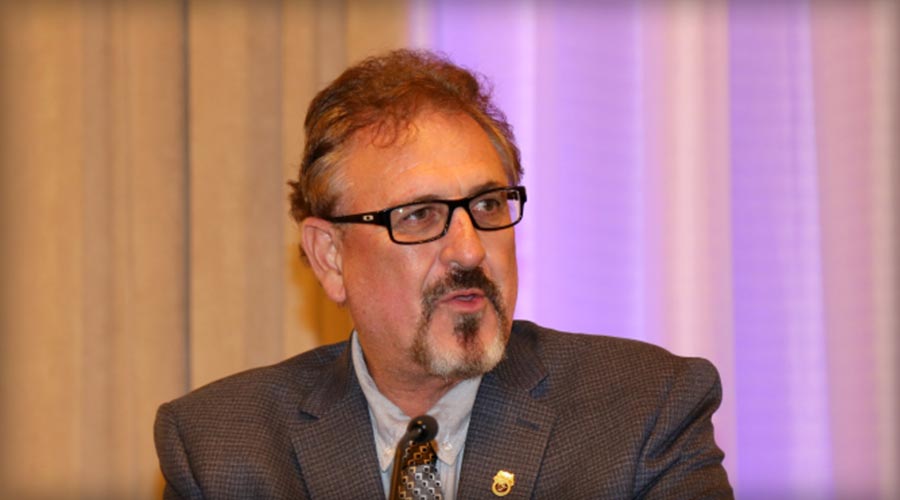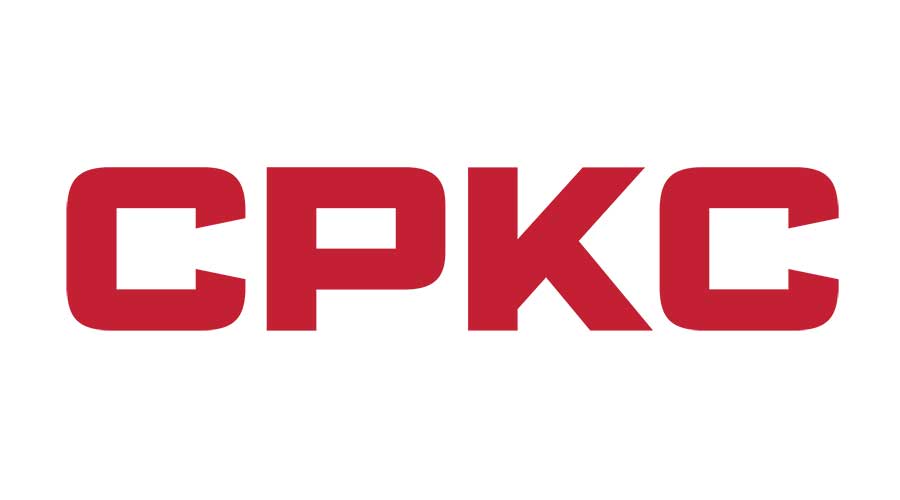Stay updated on news, articles and information for the rail industry
 railPrime
railPrime
6/23/2023
Rail News: Federal Legislation & Regulation
NTSB hearing scrutinizes decisions made, details in East Palestine train derailment

The National Transportation Safety Board (NTSB) yesterday held the first of a two-day field hearing on the Feb. 3 derailment of a Norfolk Southern Railway train and subsequent fire and hazardous material release in East Palestine, Ohio.
The hearing — rare for being held in the community where a transportation accident occurred — is part of the agency’s ongoing investigation of the derailment’s cause and the response to it. When it ultimately announces its findings, the NTSB will make recommendations based on the lessons learned from the accident.
"We'll never stop fighting for rail safety until there are zero derailments in U.S. communities, until there are zero hazmat releases from transportation disasters, until the day when no one else experiences what this community has. That is our mission," said NTSB Chair Jennifer Homendy in her opening statement.
The first session of yesterday's hearing featured a detailed presentation of the derailment; a timeline of events from emergency and first responders’ perspective; initial evacuation of area residents; communications related to the hazardous materials involved; emergency response protocols; and emergency preparedness and training, including such training by NS.
Witnesses who testified and were questioned by NTSB officials included representatives of NS, East Palestine fire and police departments, Beaver County Emergency Services and the Ohio Department of Public Safety.
In the afternoon, the hearing featured witnesses and experts who testified about the circumstances that led to the decision to vent and burn five derailed vinyl chloride tank cars that were part of the train consist. Witnesses and experts who testified included representatives of NS, the Indiana University Chemistry Department, Ohio National Guard, Pennsylvania Emergency Management Agency, Specialized Professional Services Inc. and OxyVinyls.
Today’s hearing is focusing on wheel bearings and wayside defect detectors. In its preliminary report of the derailment, NTSB said its investigation will focus on the role wheel bearings and wayside defect detectors may have had in the derailment’s cause. Also, the board will hear testimony and ask questions about the tank cars involved: the damage they sustained, their crashworthiness and design and appropriate tank cars used in vent-and-burn situations.
Prior to the hearing, the NTSB released the public docket for the investigation. The hearing is being live-streamed on the NTSB YouTube channel.
According to an NTSB video presentation of the derailment and subsequent events, 38 rail cars of the general-merchandise freight train derailed around 9 p.m. on Feb. 3. The derailed equipment included 11 tank cars carrying hazardous materials that subsequently ignited, fueling fires that damaged an additional 12 non-derailed rail cars. Some of the tank cars contained vinyl chloride.
By Feb. 5, emergency responders had mitigated the fire, but the vinyl chloride tank cars continued to concern authorities because the pressure valve relief devices on the cars had stopped operating. The temperature of those cars continued to rise, which concerned authorities that a potential explosion could occur, sending flying tank car parts into the community. NS and other authorities determined that a vent-and-burn operation would be necessary to prevent an explosion from occurring.
The vent-and-burn operation began in the afternoon on Feb. 6; the released vinyl chloride burned throughout the night; the clearing of the debris began on Feb. 7; and residual fires were extinguished by noon Feb. 8.
Contact Progressive Railroading editorial staff.


 2025 MOW Spending Report: Passenger-rail programs
2025 MOW Spending Report: Passenger-rail programs
 Gardner steps down as Amtrak CEO
Gardner steps down as Amtrak CEO
 Guest comment: Oliver Wyman’s David Hunt
Guest comment: Oliver Wyman’s David Hunt
 Women of Influence in Rail eBook
Women of Influence in Rail eBook








